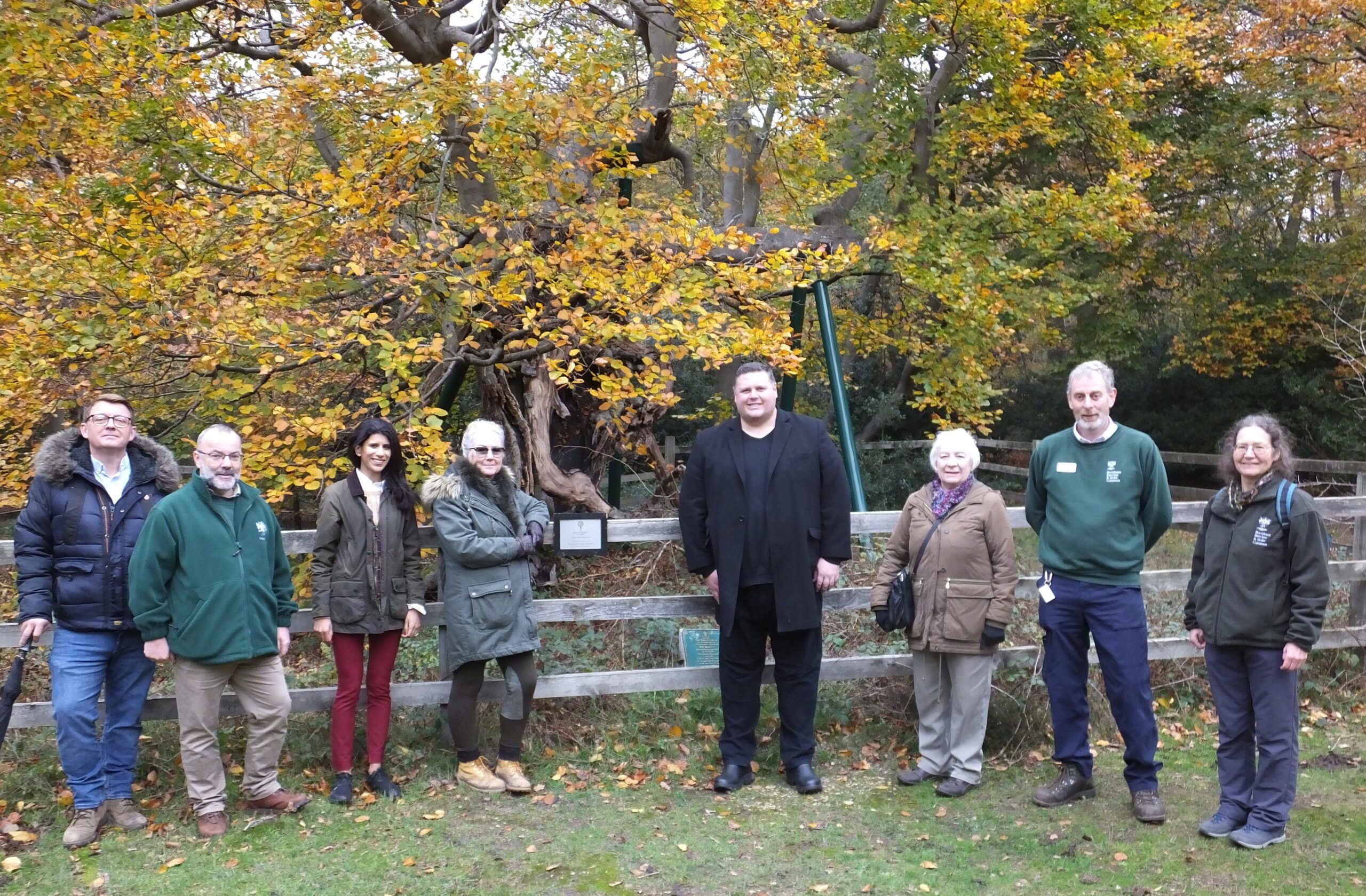On Saturday 19th November, the Epping Forest and Commons Committee attended a site inspection at Burnham Beeches, which is one of the sites and charities under our remit of responsibility.
Burnham Beeches and Stoke Common are located in Buckinghamshire to the West of London. Both of these amazing nature reserves are Sites of Special Scientific Interest and Burnham Beeches is additionally a National Nature Reserve and Special Area of Conservation: these are internationally important places for wildlife. A map of Burnham Beeches is available here.
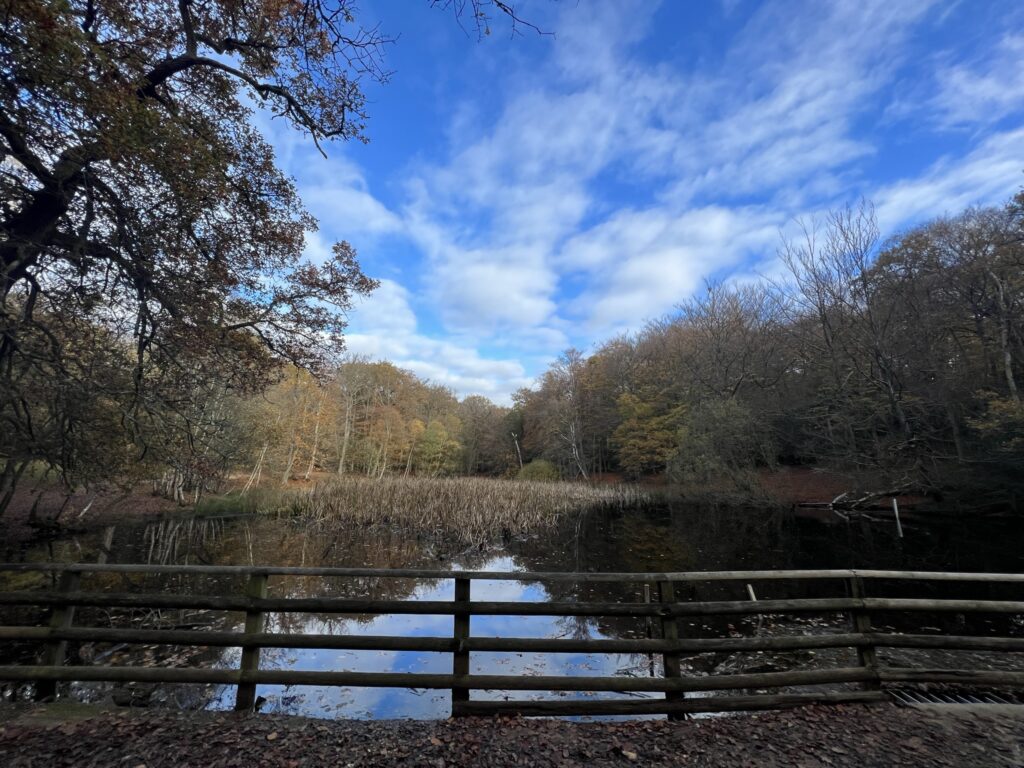
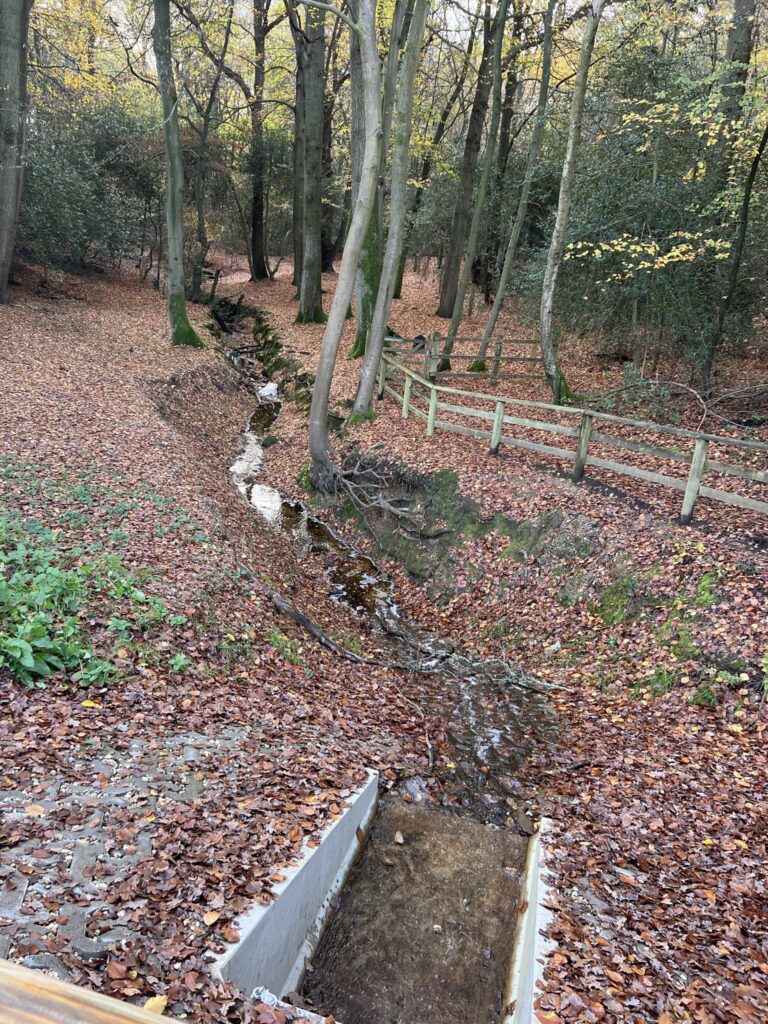
The Head Ranger took us on a tour, showing us the recently completed Middle Pond dam repairs. We talked about future pond restoration and silt removal to improve the biodiversity of the ponds and to make them more resilient to drought.
We discussed wood pasture restoration and the work of the cattle and ponies. I was particularly impressed to see mature juniper trees growing, given how rare they are now and have ‘priority status’ under the 2010 biodiversity framework. Famous for its traditional role in gin-making, the once common juniper would grow on downland, moorland and coastal heathland, but it is now much rarer due to habitat loss. Mature trees can reach a height of 10m and live for up to 200 years. Male and female trees grow separately and it’s good to see both are alive and well in Burnham Beeches…one day we may even be able to have a Burnham Beeches gin!
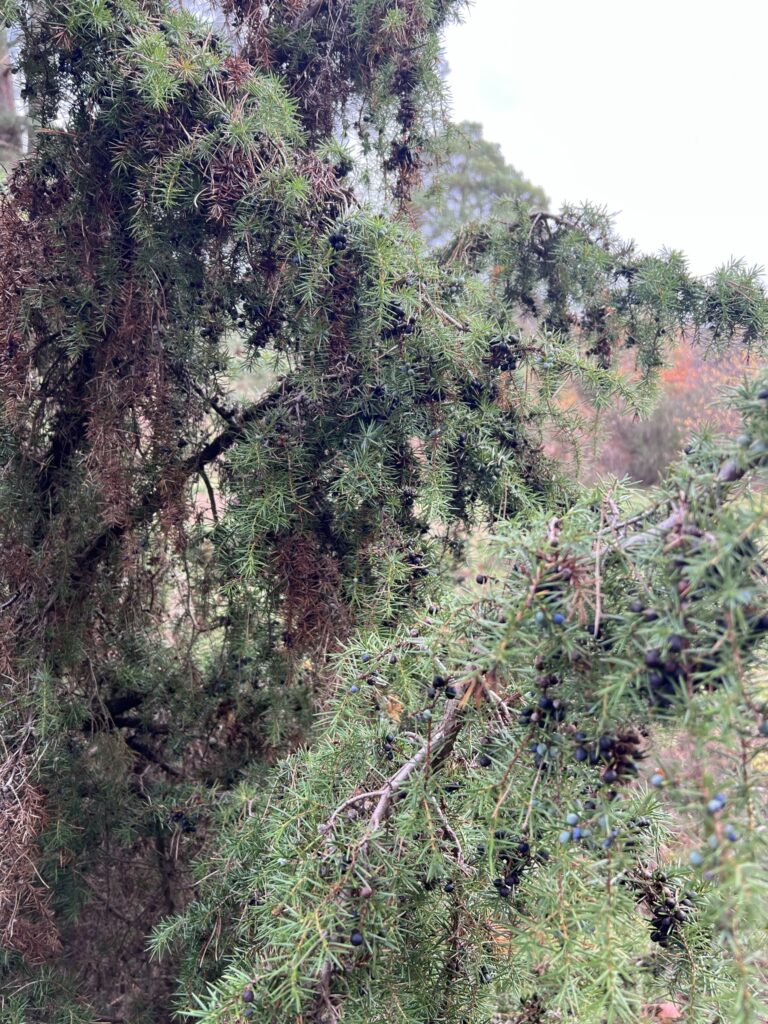
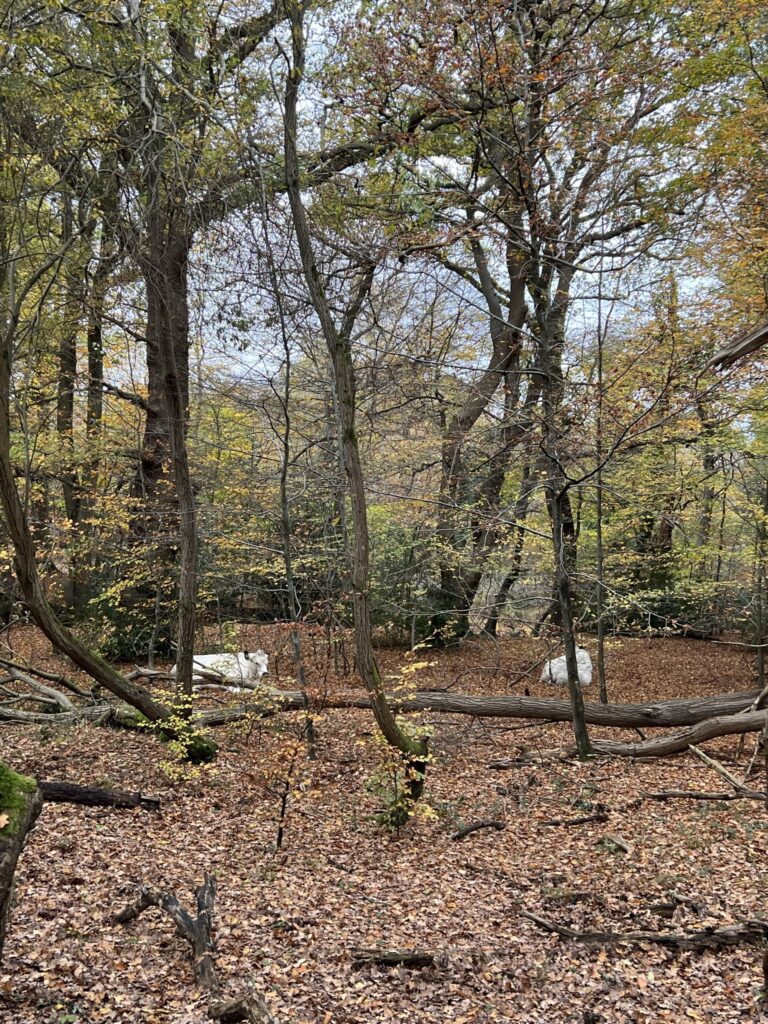
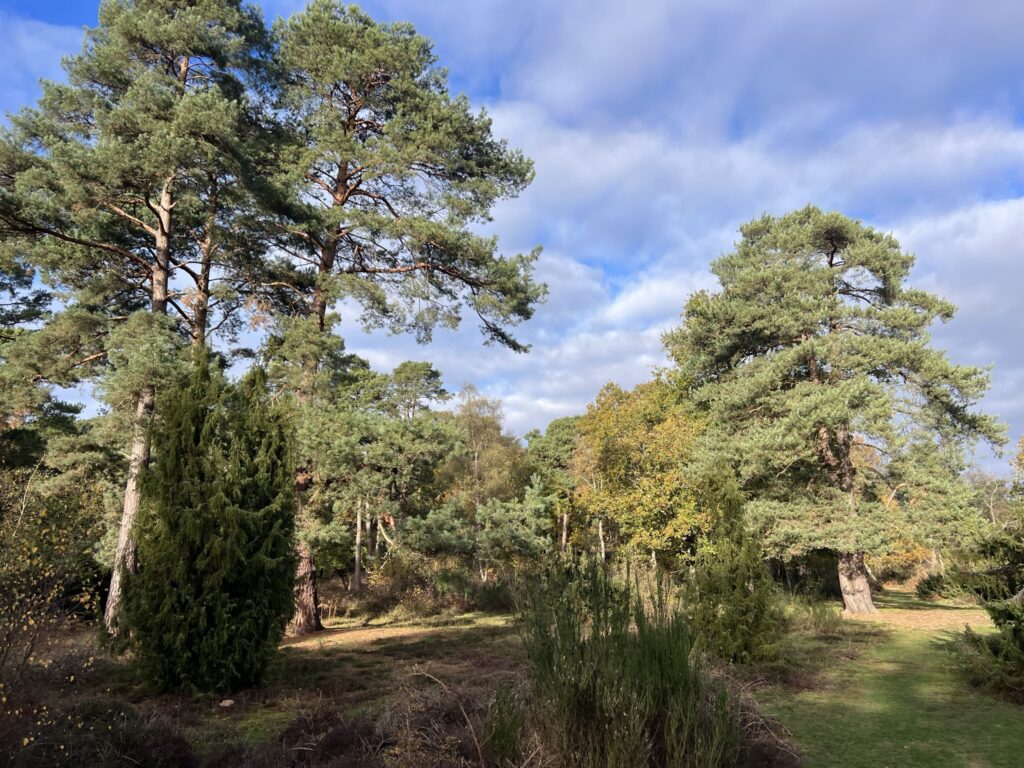
Accessibility to protected natural environments is a challenge, but one the team at Burnham Beeches have made tremendous progress towards tackling with the help of volunteers. The range of path repairs is extensive and there are several walking trails which enable users with different needs to enjoy these beautiful spaces with ease. It was also good to see the recycled materials which have gone into the new paths and into artwork along the route.
We discussed the Public Spaces Protection Orders (PSPO) review, due in 2023 and the value of that legal power to ensure dogs remain on leads in some areas of the site to ensure it remains a welcome and safe space for all users.
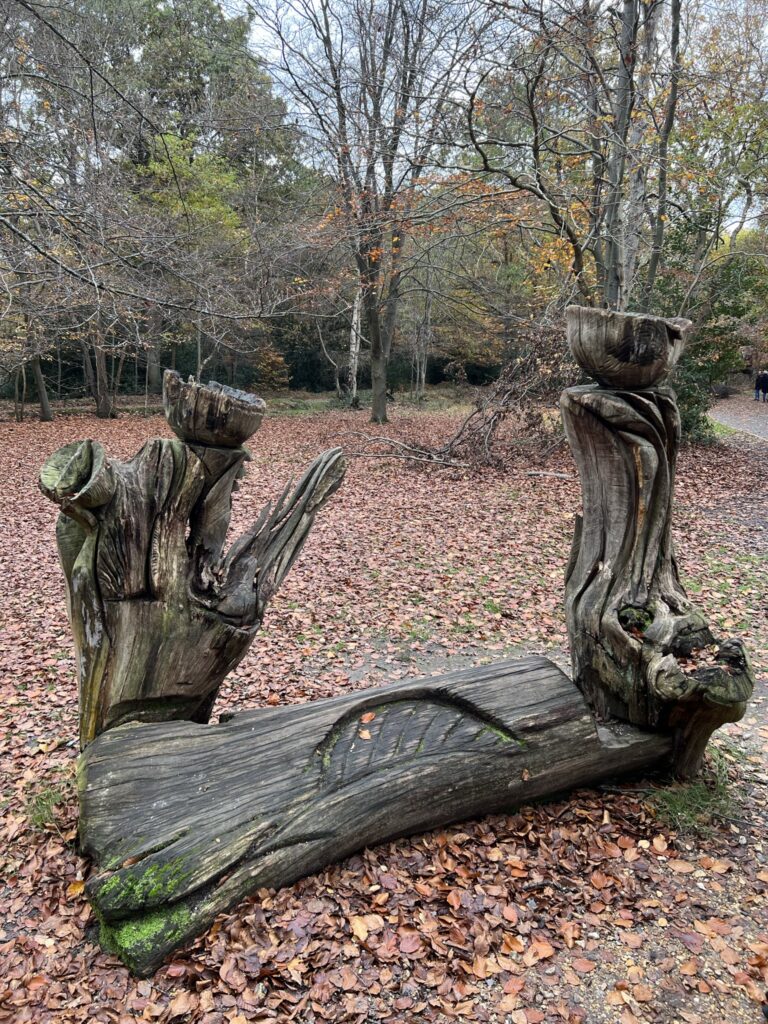
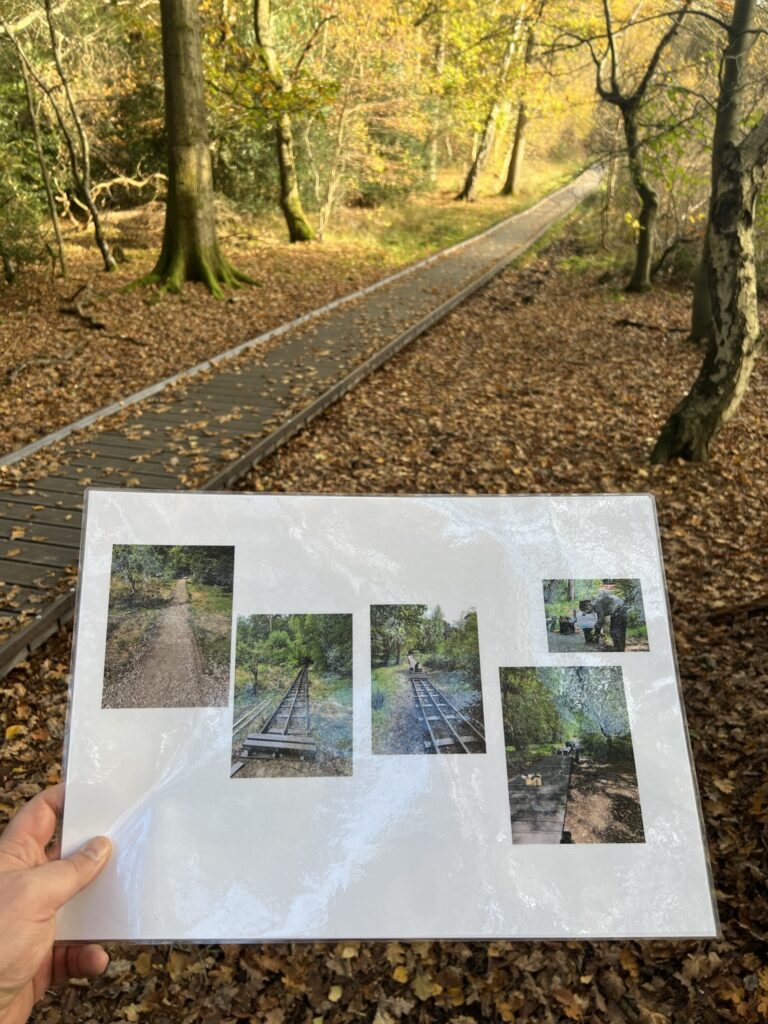
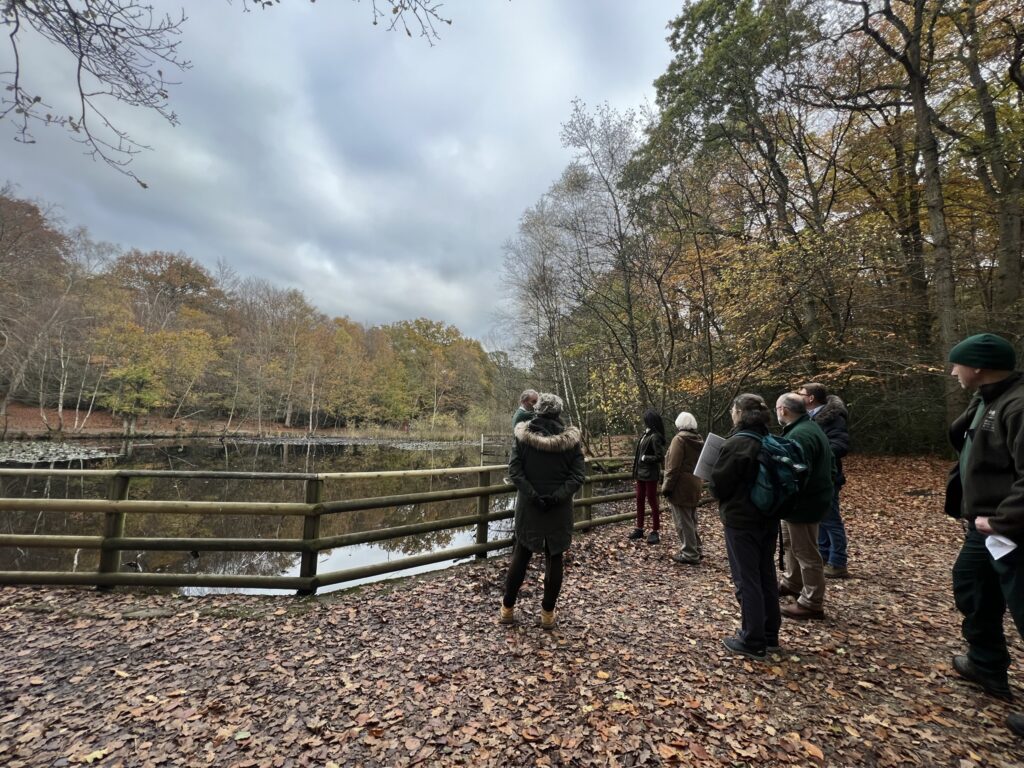
We talked about planning mitigation projects which are in flight and the funding from local planners which is allowing us to hire new staff to support further conservation work. As the pressure to build more home and businesses grows around our sites, so does the need to look beyond our own boundaries to ensure that neighbouring landowners work together to conserve and protect our unique natural environment for future generations. This is something I will be following up on in the months ahead.
Finally, we got to spend some time reviewing the brilliant work conducted down at the Hill Forts to the south-west of the Beeches. This project successfully attracted a lot of financial and volunteer support to uncover the history of this site over time. I was particularly pleased to be one of the first people to trial a new digital mapping vision which will allow Burnham Beeches users to scan a QR code on their mobile phones and move around the Hill Fort to see what it looked like at different times in its history. It’s a brilliant example of the future digital enablement work we can do to help make the visitor experience richer and to educate visitors so that we work together to protect and conserve this site for future generations. For any teachers out there, we do produce a handy pack to help with any visits you may be arranging – Burnham Beeches teachers pack 2021 (cityoflondon.gov.uk)
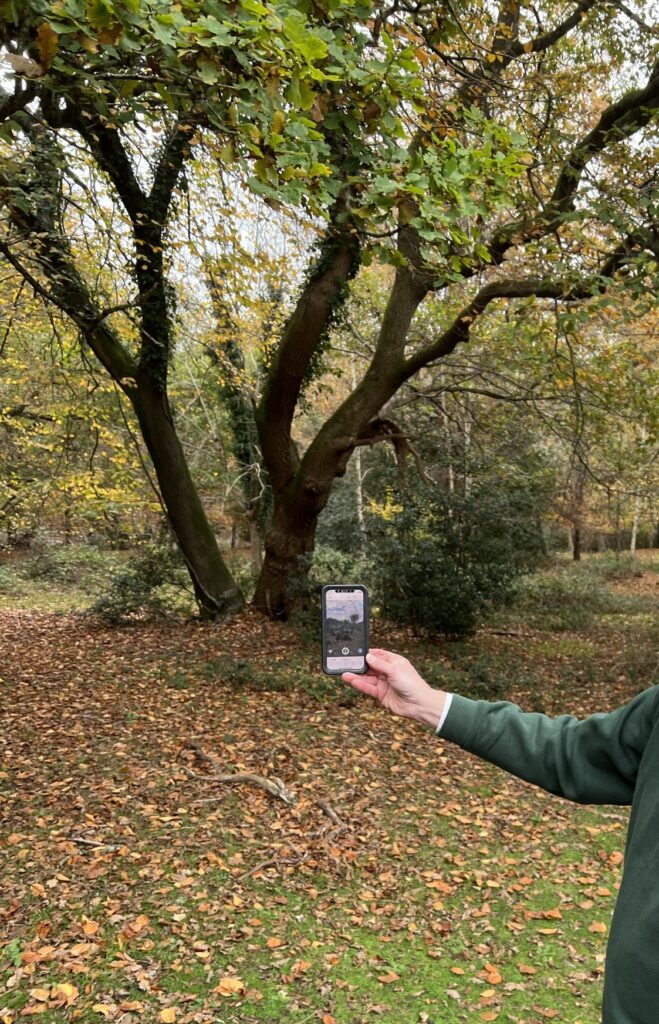
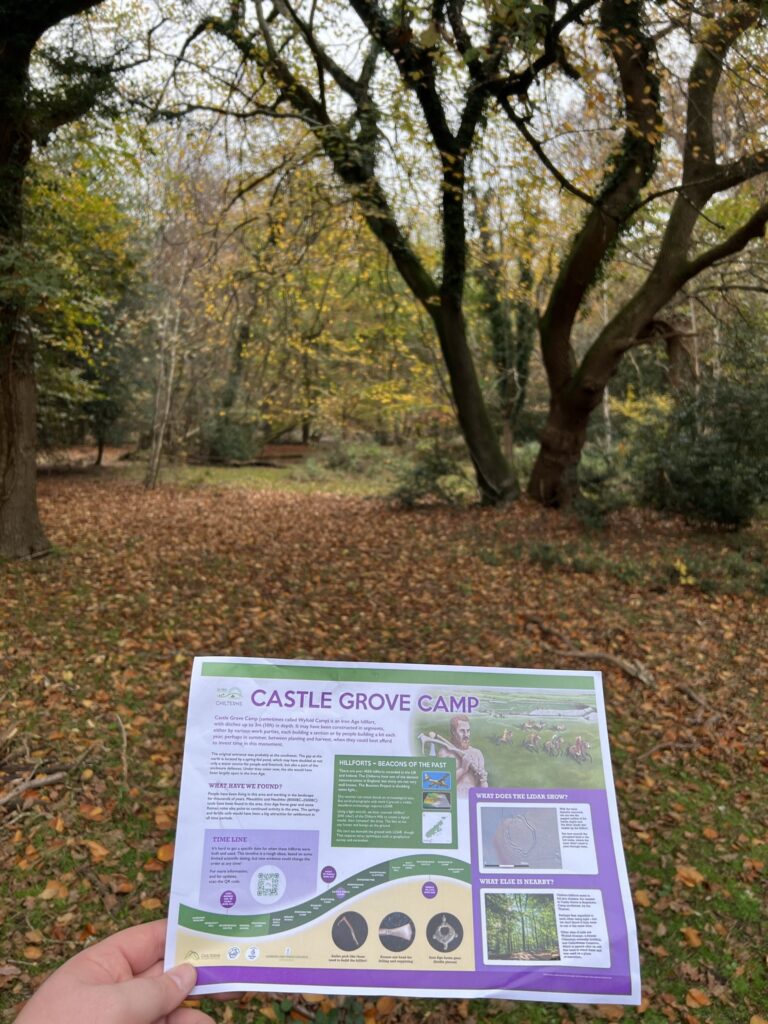
A really worthwhile visit which covered a good number of topics and send Members back to the Guildhall with lots of fresh new ideas to pursue. Thanks to the staff on the ground for their hard work and hospitality!
